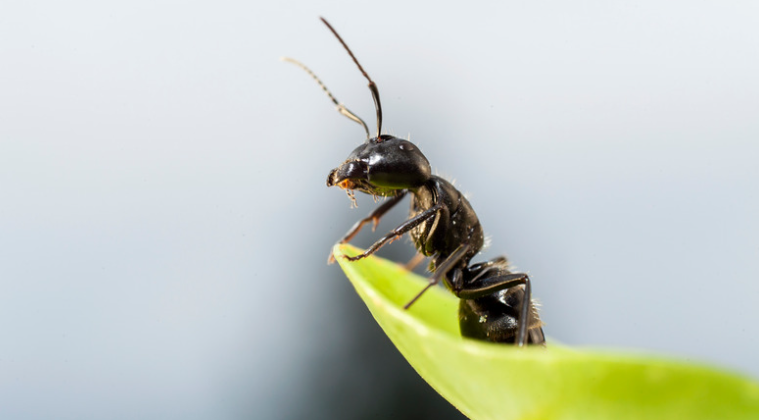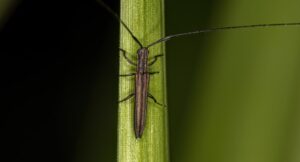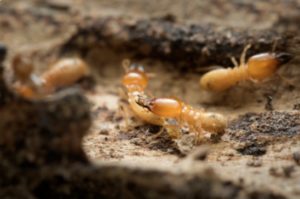Ants are a common household nuisance that can transmit diseases and contaminate food, so it’s reasonable to want to get rid of an ant infestation as soon as possible. In the spring and summer, though, ants can become more active as their colonies expand, and you may discover them accumulating in your outdoor living spaces or damaging crops in your garden.
We can’t get rid of all the ants outside the house because, without their abundant prey, the entire food chain would be destroyed. However, you can benefit from this food chain. Certainly, certain animals in your outdoor areas desire (and attempt) to help you manage ant numbers by eating them. Here, we will discuss the natural predators to get rid of ants.
Natural Predators to Get Rid of Ants
Ants are a tasty and nutrient-rich meal for animals of all sizes worldwide because they are located in and around densely crowded nests. Some species, such as the anteater and the aardvark, have evolved and developed traits expressly to aid them in locating and devouring ants in profusion. Despite an ant’s minuscule size, these massive creatures, which may weigh up to 150 pounds, can survive in their nests because they are sufficiently numerous.
Beetles
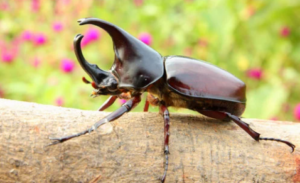
Nearly 25% of all known animal species are beetles, a major class of insects with about 400,000 documented species. Ants, termites, moths, and other tiny insects are known to be preyed upon by ground and garden beetles.
The most prevalent species on the East Coast are small, black or brown and occasionally mistaken for cockroaches. These pest-eliminating insects come in various sizes, shapes, and colours. Ground beetles are not harmful to people or animals and do not destroy household furnishings or structures.
Fireflies

The capacity of fireflies to produce light through a mechanism known as bioluminescence is well recognized. Adult fireflies don’t bite people, and many don’t even eat. However, because they are carnivorous, their larvae consume ants, ant larvae, and other invertebrates.
Fireflies can be found in many different habitats, such as woodlands, farms, ponds, and gardens. Since their larvae need moist soil or watery settings to develop, they are frequently found near water.
Wolf spiders
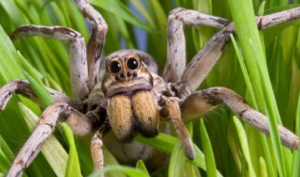
One of the most menacing-looking predators on our list is the wolf spider. These enormous spiders can have three-inch-wide limb spans! Wolf spiders rarely make webs; instead, they search for live prey, especially ants, using their extraordinary vision and speed.
A wolf spider can inject its prey with poison to paralyze it once it has captured it. While a wolf spider bite may result in slight localized discomfort and swelling, it is normally not harmful and does not constitute a serious threat to people.
Conclusion
The above-listed are the best natural predators to get rid of ants. Though there are many natural enemies for ants, these three can effectively eliminate the entire population. If you do not know how to use these predators, hire a professional pest control service. The experts will conduct a proper pest control treatment and help you to get rid of ants.


